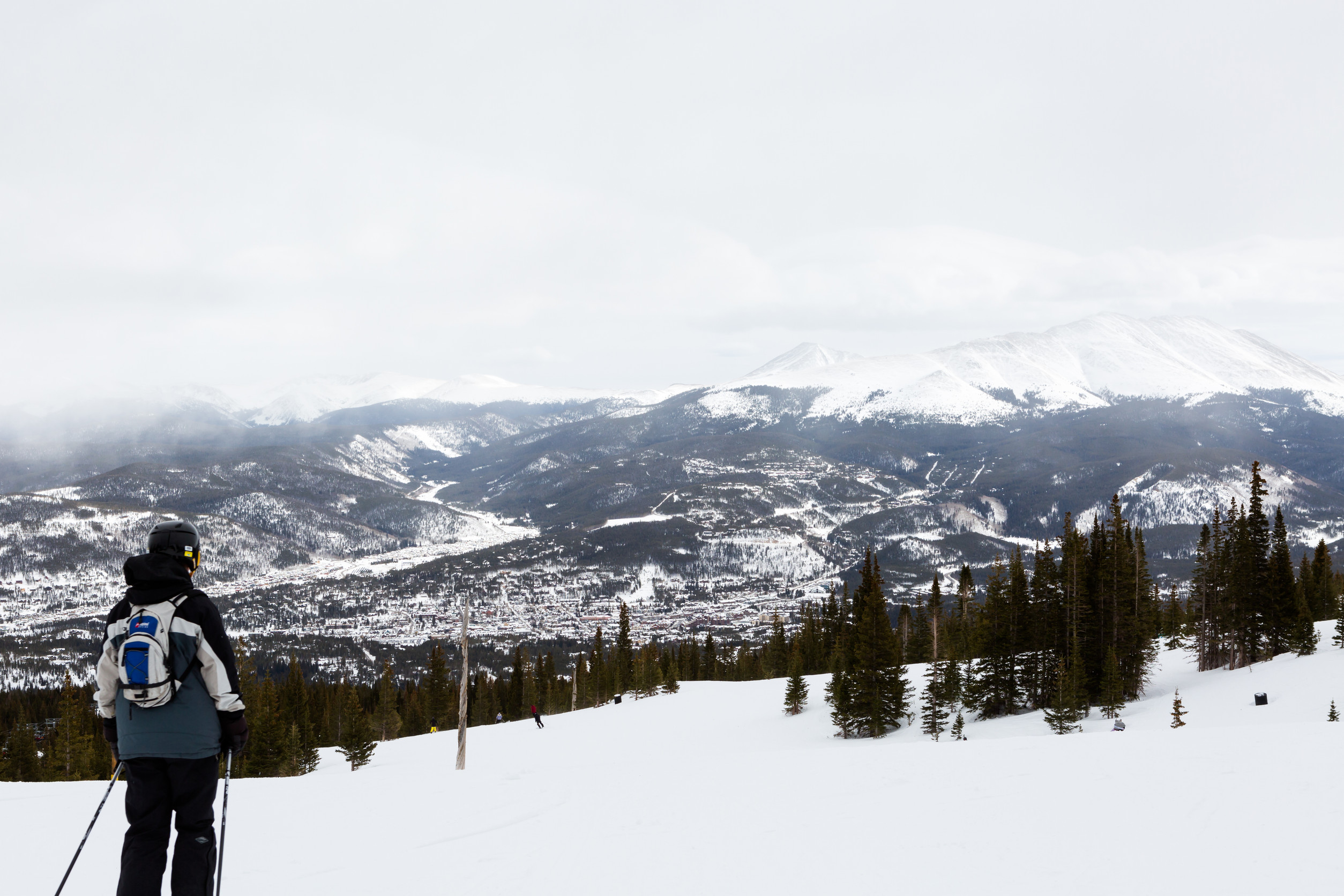
5 Easy Tips For Adjusting To Breckenridge Altitude
Adjusting to Breckenridge’s altitude is something every visitor should plan for, especially if you’re coming from sea level.
With its dazzling peaks, alpine lakes, and crisp mountain air, Breckenridge is Colorado’s outdoor oasis. But at over 9,600 feet above sea level, it helps to come prepared.
These practical Breckenridge elevation tips will help you acclimate quickly so you can enjoy every moment of your mountain getaway.
Why Altitude Matters in Breckenridge
Whether you’re visiting to ski in winter or hike in summer, Breckenridge offers adventure in every season. But its beautiful elevation brings a physical challenge that your body needs time to handle.
The air is thinner in Breck, which means there’s less oxygen. This can leave you feeling tired, dizzy, or nauseous, especially if you’re unfamiliar with high altitudes. Knowing how to avoid altitude sickness is key to making the most of your trip.

5 Easy Tips to Help You Acclimate to Breckenridge Altitude
Give your body the time and support it needs, and it will reward you with energy and resilience. These five easy tips will make adjusting to Breckenridge’s altitude much smoother:
Hydrate Constantly
One of the most important Breckenridge elevation tips is to drink more water than you think you need.
Higher altitudes lead to faster dehydration, even if you don’t feel thirsty. Aim to drink twice the amount of water you normally would at home. Adding electrolytes from sources like coconut water or Pedialyte can help your body absorb fluids more efficiently. Skip sugary drinks, caffeine, and alcohol until you’re fully adjusted. Breckenridge has some of the best tap water in the country, so don’t forget your reusable bottle and drink often throughout the day.
Take It Easy on Day One
If you’re serious about learning how to avoid altitude sickness in Colorado, give yourself a gentle first day.
Plan light activities like a scenic drive, a walk through historic downtown, or a spa visit. By easing into your itinerary, you’ll recover faster and avoid the common mistake of overexerting yourself too soon. This slow start is one of the simplest ways of adjusting to Breckenridge’s altitude successfully.
Eat Light and Avoid Alcohol
Your body digests food more slowly at high elevations.
To feel your best, eat lighter meals with vegetables, lean protein, and whole grains. This gives you steady energy without weighing you down. It’s also smart to avoid alcohol for the first 24 hours. Drinking can dehydrate you and make symptoms like headaches and sleepiness worse.
Sleep Smart
Rest plays a huge role in adjusting to Breckenridge’s altitude.
Sleep may be lighter or more restless than usual at elevation, so set yourself up for success. Try to maintain a regular bedtime, keep your sleeping space dark and cool, and avoid screens and heavy meals before bed. Some travelers find melatonin helpful for staying on track. Breathing can be more difficult while lying down, so consider propping yourself up with an extra pillow.
Consider Supplemental Oxygen
Supplemental oxygen is a handy backup for those who are sensitive to elevation. Local shops rent portable oxygen canisters, and some hotels offer in-room options. A little extra oxygen can make all the difference in restoring your energy and clearing altitude fog.
Stay Somewhere That Supports Your Well-Being 
Where you stay plays a big role in how quickly your body adjusts. Hotel Alpenrock is the perfect place to relax and refresh after a day in the mountains. With wellness-forward amenities and a peaceful mountain setting, it’s a smart base for adjusting to Breckenridge’s altitude.
Whether you plan to stay and explore or just unwind in nature’s playground, Hotel Alpenrock helps you experience the true Colorado. Find the perfect room and book today!
